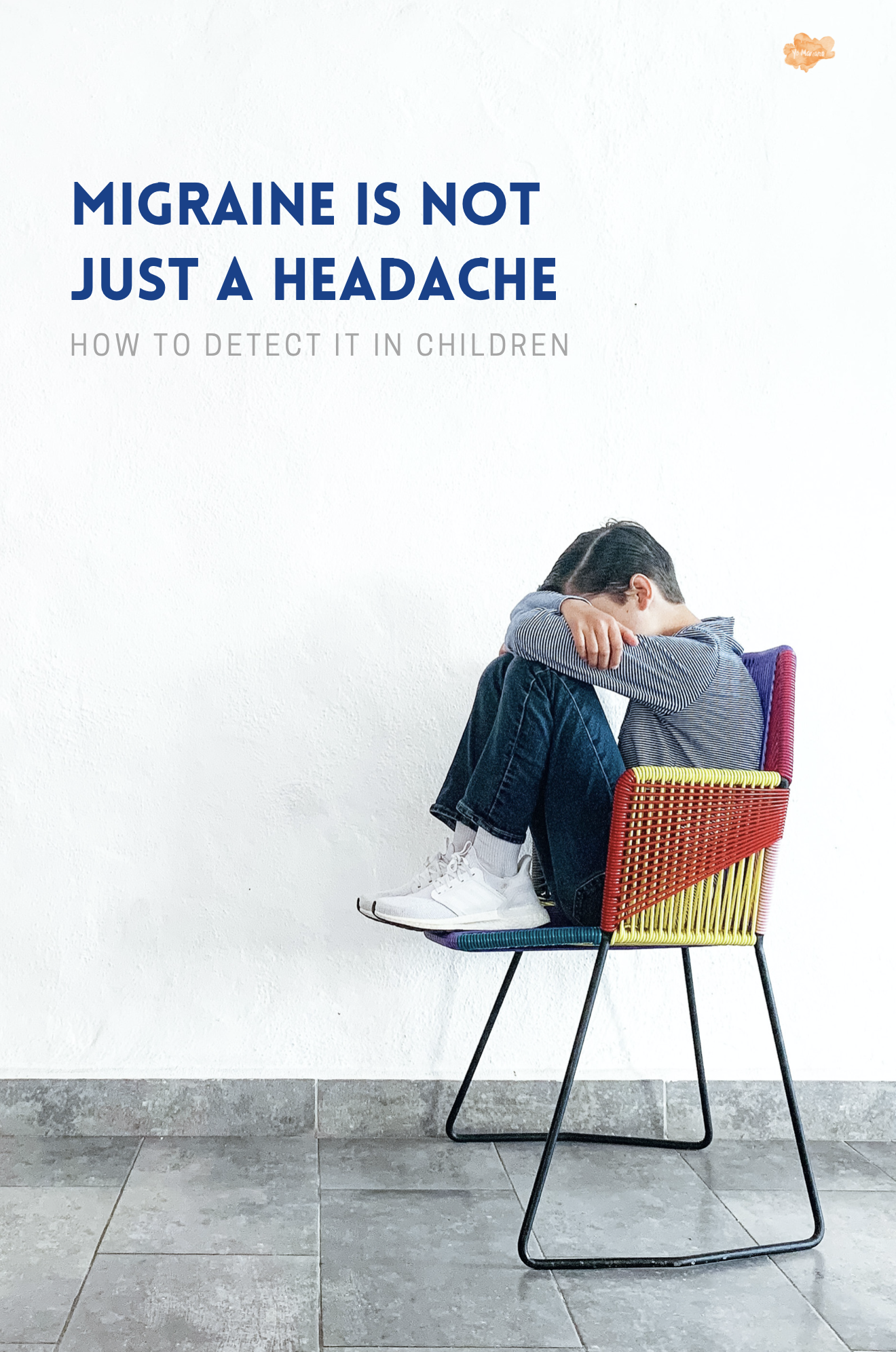Migraine is not just a headache: How to detect it in children.
/This is a sponsored post.
“Mom, my head hurts!”
You have no idea how many times I’ve heard my kids complain about a headache. I don’t know if this happens to other moms out there reading this post, but in my household, these types of complaints always occur one minute before we need to rush out the door. Those grumbles usually happen when we are late to soccer practice, to an orthodontist appointment, or when we are in a hurry to go somewhere, which is practically every single day of our hectic lives.
My quick fixes normally consist of handing them a glass of water in case it’s dehydration, or if it persists, I give them an over the counter pain medicine. To be honest, before the pandemic, I hardly ever had time to stop everything to pay attention to those mild complaints.
When Med-IQ invited me to participate in a campaign to raise awareness about migraine symptoms and treatment, I quickly said yes because I thought it was a very interesting topic, especially during these difficult times.
Since I’m a mom who has never experienced migraines, and since I was not familiar with its symptoms whatsoever, it never occurred to me that one of my daughters could have this disease.
Med-IQ is a company that provides an exceptional educational experience to doctors, nurses, pharmacists, and healthcare professionals.
As part of the campaign I had the opportunity to have a Zoom call with two amazing doctors that explained to us everything we need to know about migraine and how to identify it, Jessica Ailani, MD, Director of the MedStar Georgetown Headache Center and Professor of Clinical Neurology at Georgetown University Hospital, and Amaal J. Starling, MD, Associate Professor of Neurology, Consultant, Department of Neurology at Mayo Clinic College of Medicine and Science.
The first thing they mentioned that caught my attention was that according to statistics 1 in 7 Americans suffer from migraine, particularly women between the ages of 18 and 44 and that it’s a leading cause of outpatient and emergency department visits.
But what is a migraine? Migraine is a genetic neurologic disease caused by a combination of genetic, environmental, and lifestyle factors, some of which have not been identified, inherited from a family member who also experienced migraines. It is defined as moderate to severe head pain, often worse on one side, with light and/or sound sensitivity and stomach issues like nausea.
Next time your kids have a headache, consider that if they present two out of these three symptoms, they more than likely have a migraine:
1.- Light sensitivity
2.- The inability to function–want to lie down
3.- Nausea–not wanting to eat
As soon as my Zoom meeting ended, I literally ran to ask my kids if they had ever experienced these symptoms whenever they had a headache, and to my total surprise, one of my daughters said yes to two of them. Wow! Never in a million years, I would’ve linked those symptoms together as a possible migraine.
The doctor’s first recommendation was to start a journal where we should write down how many times a month she experiences a headache, how long they last, and what symptoms tag along with it. They mentioned that bringing the journal to your first doctor’s appointment can make a huge difference to get an accurate diagnostic.
They also recommended these steps as the first approach to a possible treatment:
S = Sleep hygiene–are you getting enough sleep?
E = Eat regular meals–don’t allow your blood sugar to drop too low
E = Exercise regularly
D = Keep a headache diary
S = Prioritize stress management–consider massage, acupuncture, and/or mindfulness/meditation
Although during these past few pandemic months I’ve noticed my kids are a bit more relaxed, the excessive use of electronics, the lack of routine, and the whole back to school uncertainty have increased the stress level in my household, so I’ll pay close attention to see if they’re acting as triggers to my daughter's headaches.
The most important thing I learned about all of this is that we need to debunk the idea that a migraine is just a headache, we need to understand that it’s a neurological genetic disease that often requires a prescription, and symptoms and treatment vary a lot amongst patients.
To all women reading this post that suffer from headaches, or if you notice your kids suffer from this ailment, I strongly suggest observing if any of these symptoms are present and schedule a doctor’s appointment as soon as possible.
Med-IQ is conducting an anonymous survey and would appreciate your input. The survey will take less than 15 minutes to complete. Survey responses are shared only in aggregate. Your responses to these survey questions will provide Med-IQ with important information about your experiences with migraine and related care, which will help them develop future educational initiatives in this area.
Once you've completed the survey, you will have the option of providing your email address to be entered into a drawing administered by SOMA Strategies to win 1 of 10 $100 VISA gift cards. If you choose to enter, your email address will be used only to randomly draw the winners and notify them of their prize.











































